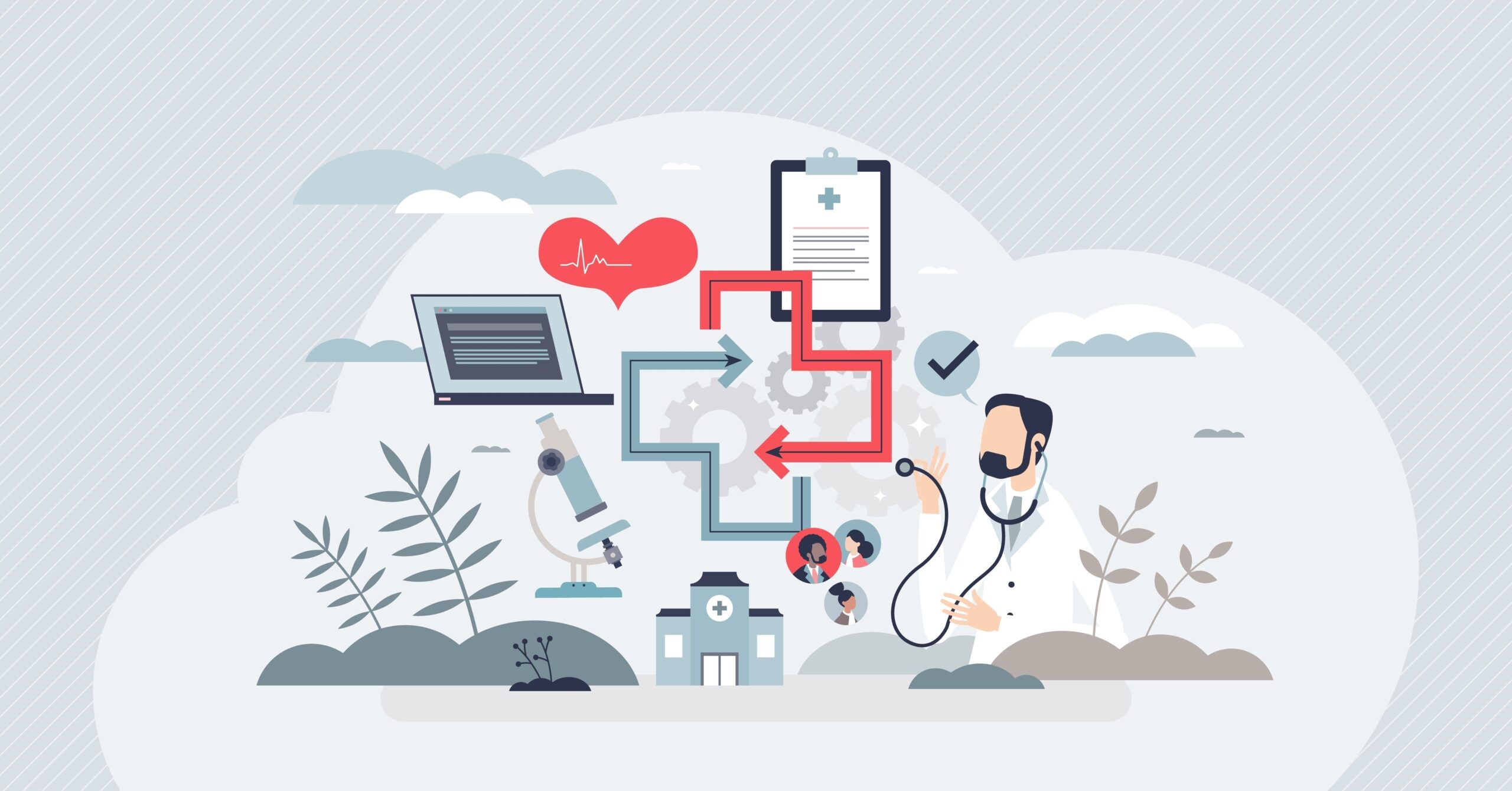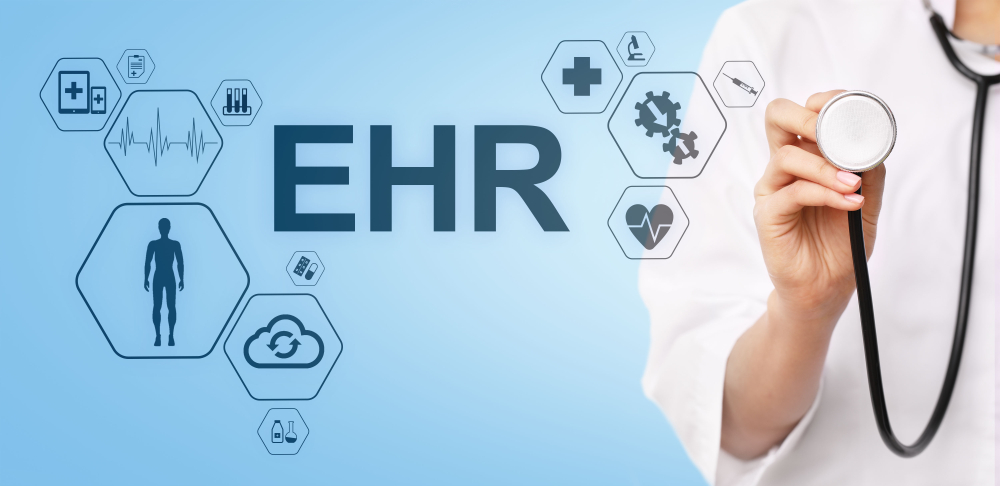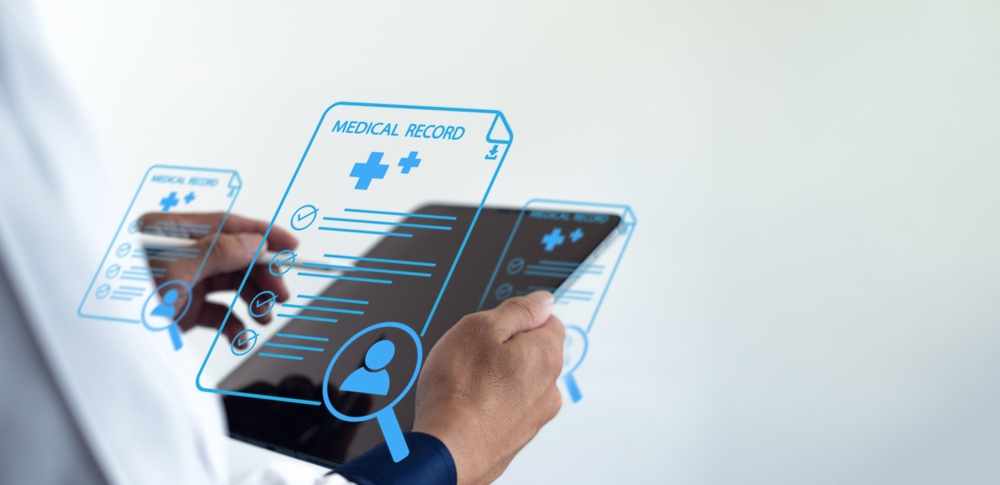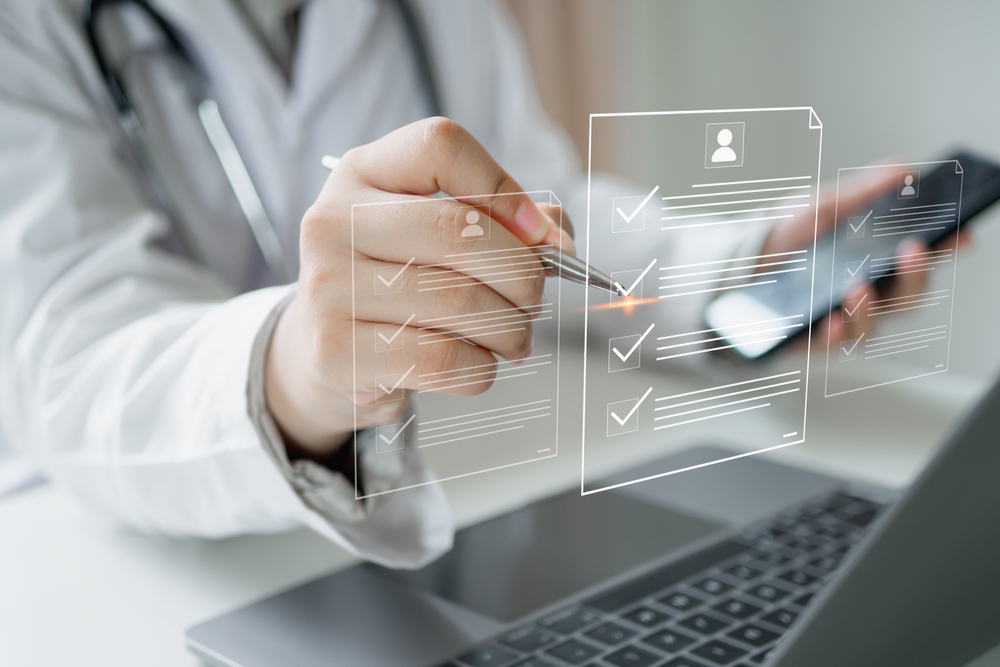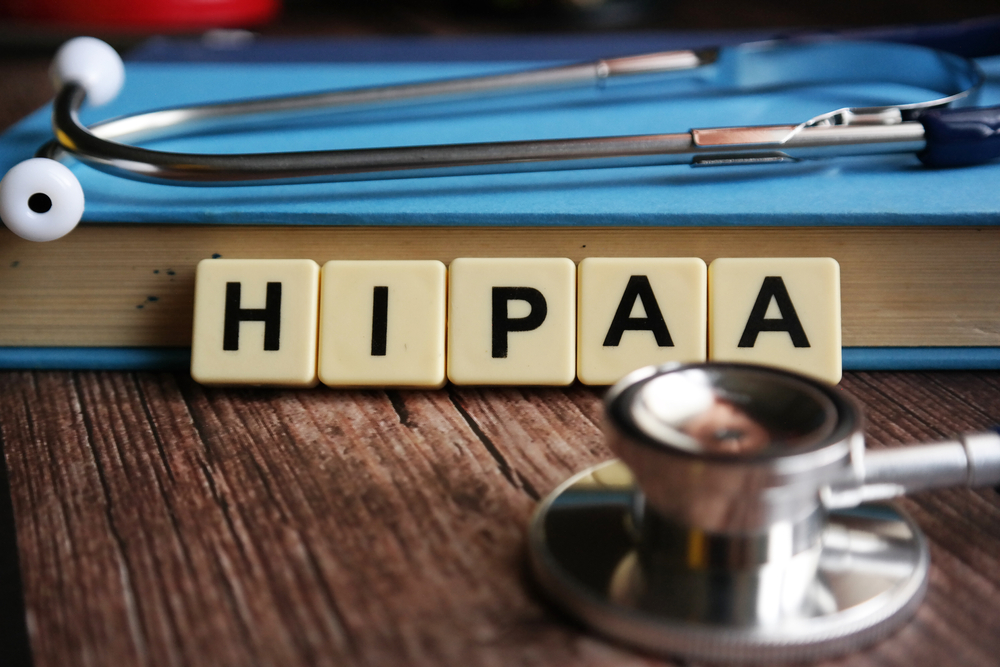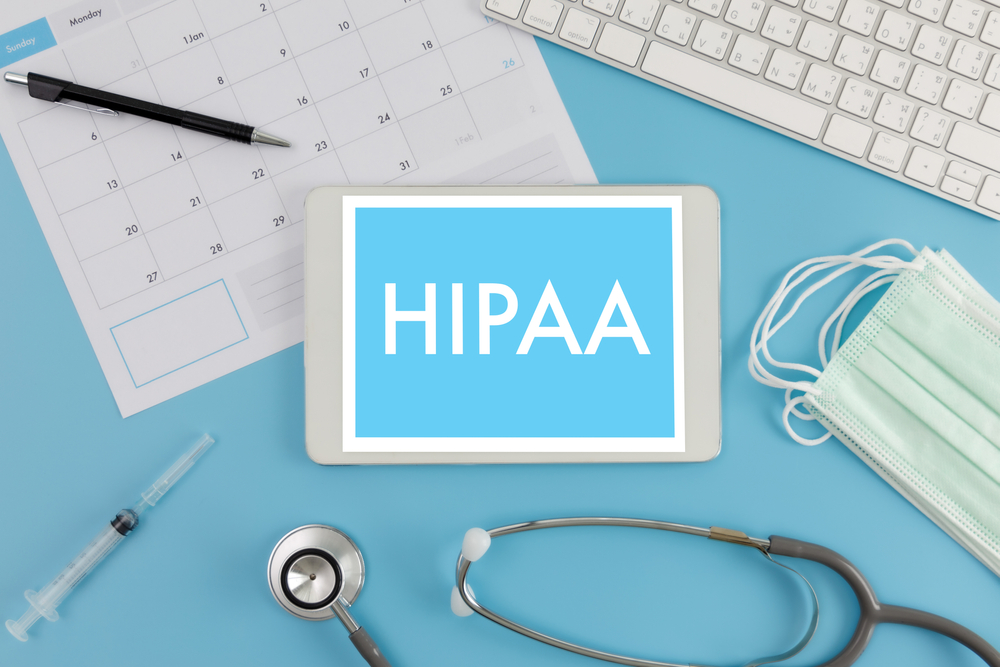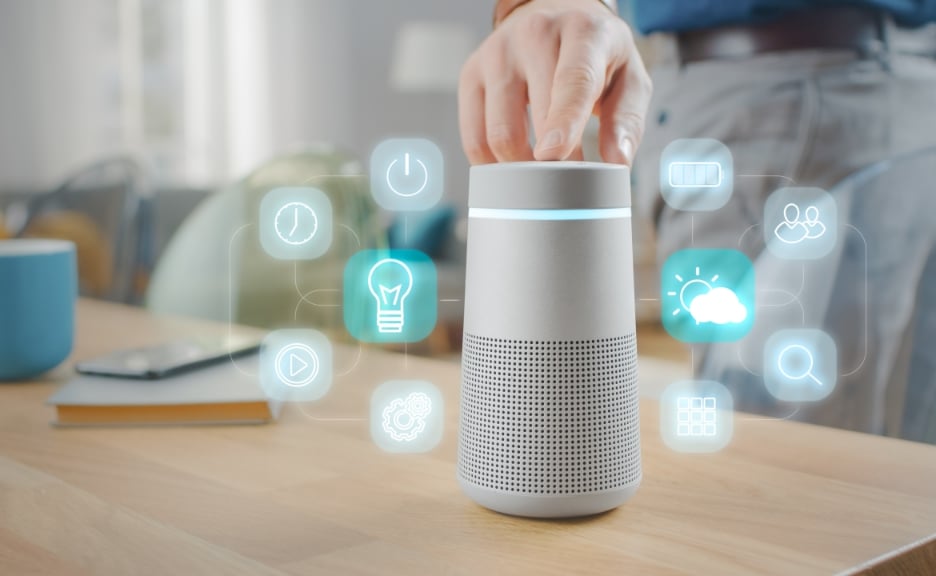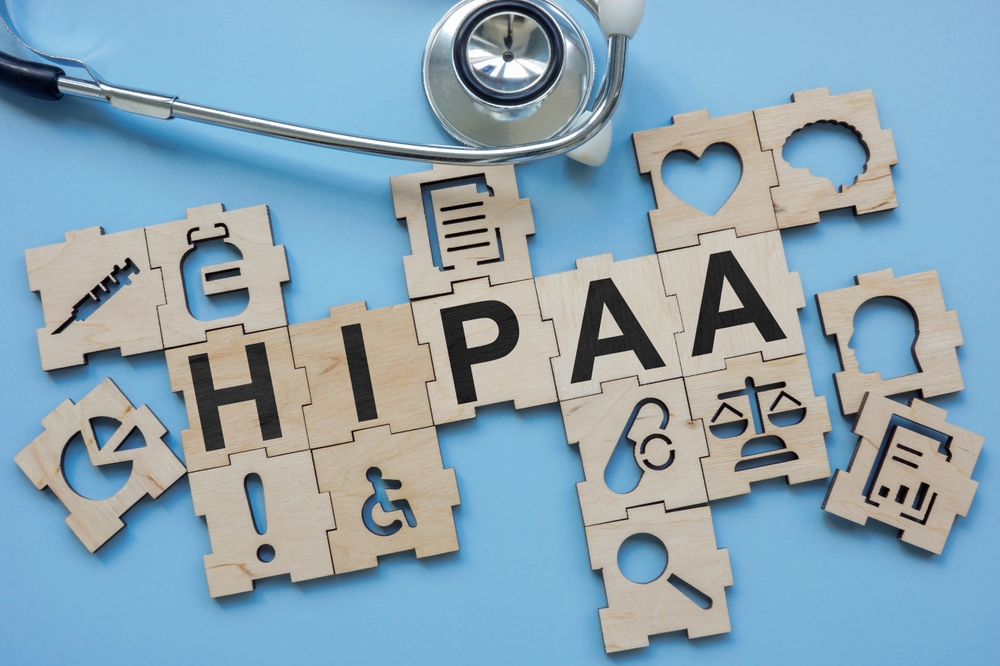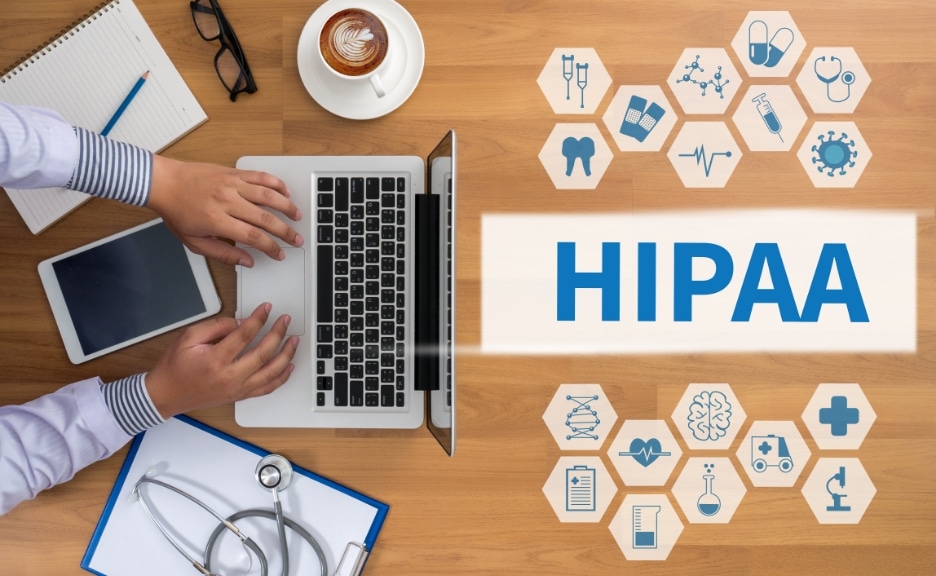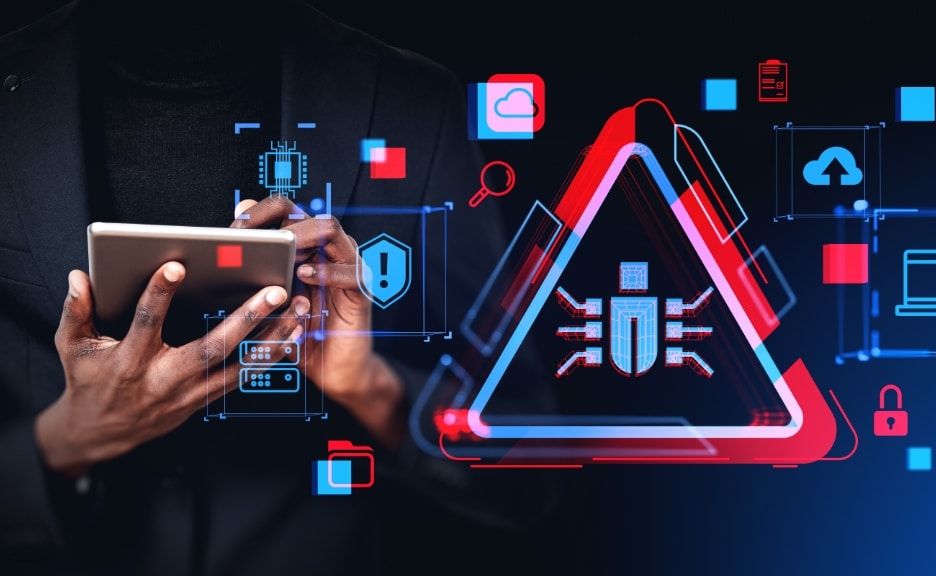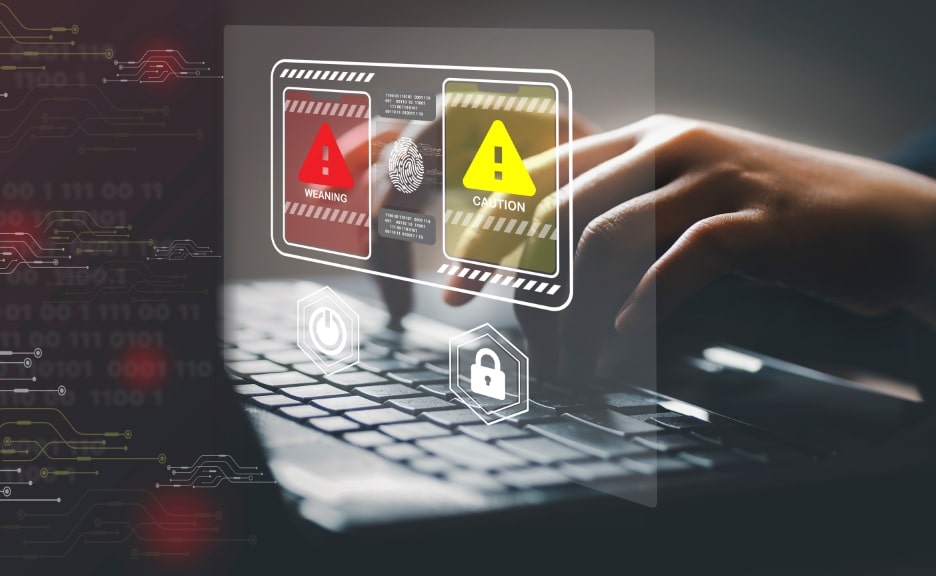Healthcare and Interoperability
New Healthcare Interoperability Solution Leverages Age-Old Technology
Compare All PlansStart Faxing Now
Despite attempts to eliminate the fax machine in healthcare, it continues to be relied upon by many providers. Not only is faxing commonplace in many healthcare organizations throughout the country, but the use of traditional fax for data exchange continues to rise, according to the Office of the National Coordinator for Health Information Technology’s (ONC) State of Interoperability among U.S. Non-federal Acute Care Hospitals in 2018 Report, released in March 2020.
In a recent article published in Healthcare IT Today, Consensus’s John Nebergall discusses how, although many healthcare organizations still rely on fax machines as their primary way to send patient information to other providers external to their network, cloud fax technology is also on the rise:
According to the ONC, from 2017 to 2018, the use of eFax to send and receive care records increased 3% and 7%, respectively.
“eFax, or cloud faxing as it’s more commonly called, is one of the best protocols for rapid, reliable and scalable data transfer,” stated John Nebergall, Senior Vice President and General Manager of Cloud Faxing at Consensus. “Cloud faxing means having a fully electronic workflow. There is no paper, no physical fax machine, yet it uses tried-and-true fax protocols.”
With a traditional fax machine, patient information would need to be printed from the EHR, walked over to the fax machine and sent through, page by agonizing page. Once confirmation the fax was received properly, the paper record would need to be shredded in order to protect patient privacy. Babysitting this entire process is a tremendous waste of precious healthcare resources.
Cloud faxing eliminates all of this. With the click of a button, information from an EHR (and most other hospital systems) can be turned into a fax transmission and sent to the recipient via the Internet. “It’s quick, convenient and secure” said Nebergall.Read the full article in Healthcare IT Today.
